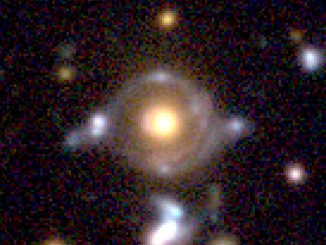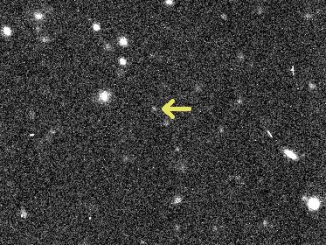
ExoMars orbiter fine-tunes path toward red planet
A European spacecraft cruising toward Mars fired its main engine, tweaking its trajectory and helping set up for carefully-choreographed simultaneous maneuvers to place part of the tandem mission into orbit around the red planet and deposit a stationary battery-powered lander on the Martian surface.









